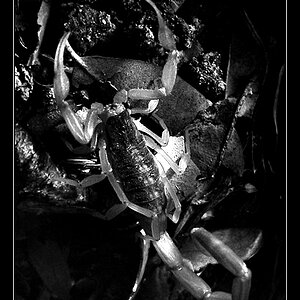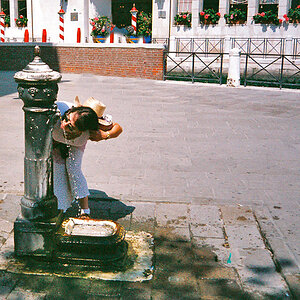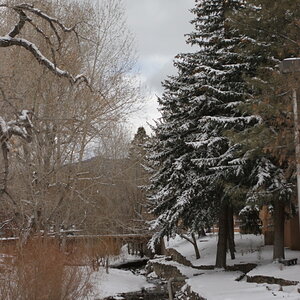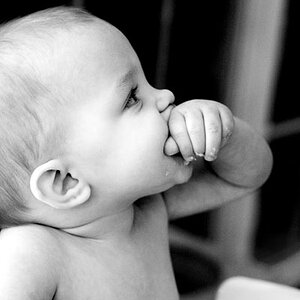DennyCrane
No longer a newbie, moving up!
- Joined
- Sep 11, 2009
- Messages
- 1,375
- Reaction score
- 34
- Location
- The arctic North Coast
- Can others edit my Photos
- Photos OK to edit
Does anyone use Adobe RGB as their camera's color space? Are there any real world advantages in shooting that over sRGB?


![[No title]](/data/xfmg/thumbnail/38/38738-7933157d1b8968c986eeeab2d1828524.jpg?1619738703)



![[No title]](/data/xfmg/thumbnail/41/41818-fb8293ceb208cab396fce9a587bbe37b.jpg?1619739903)






